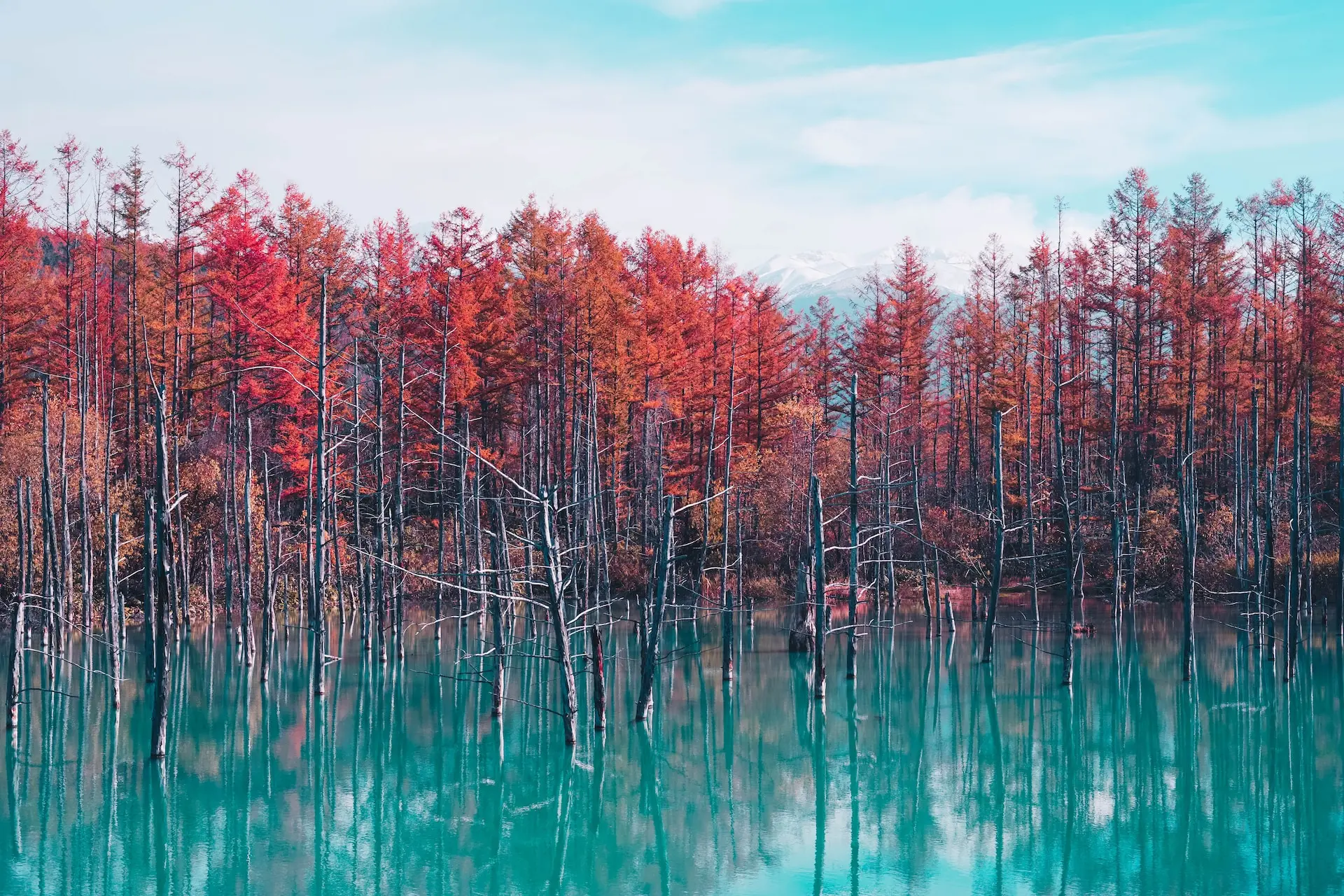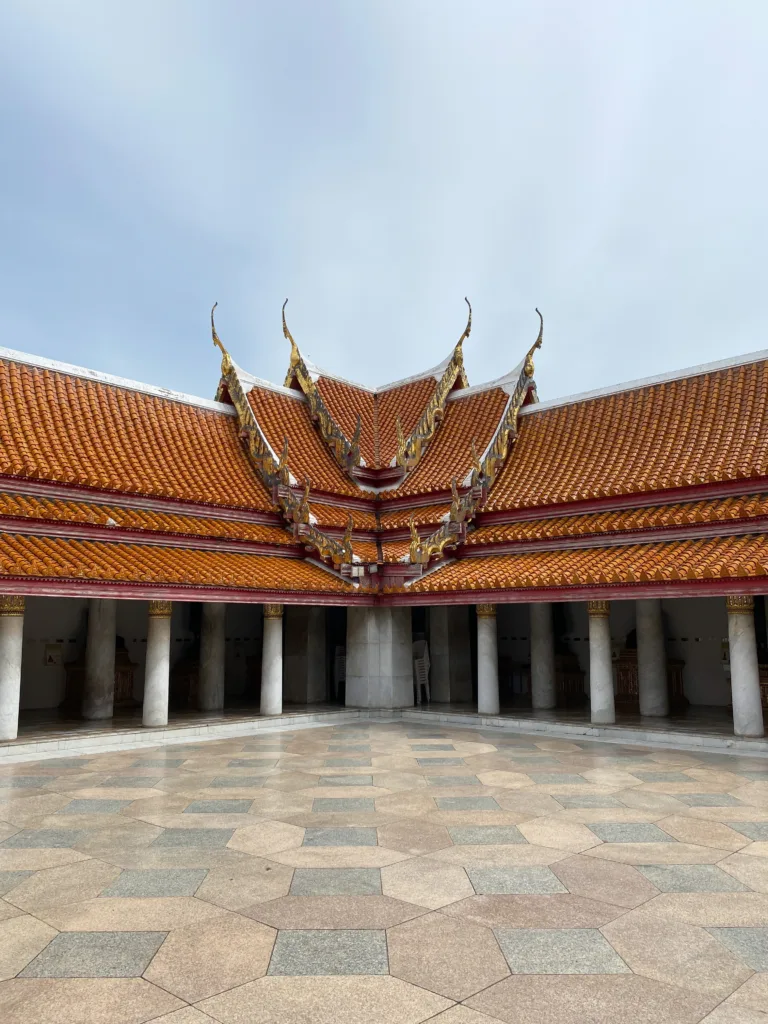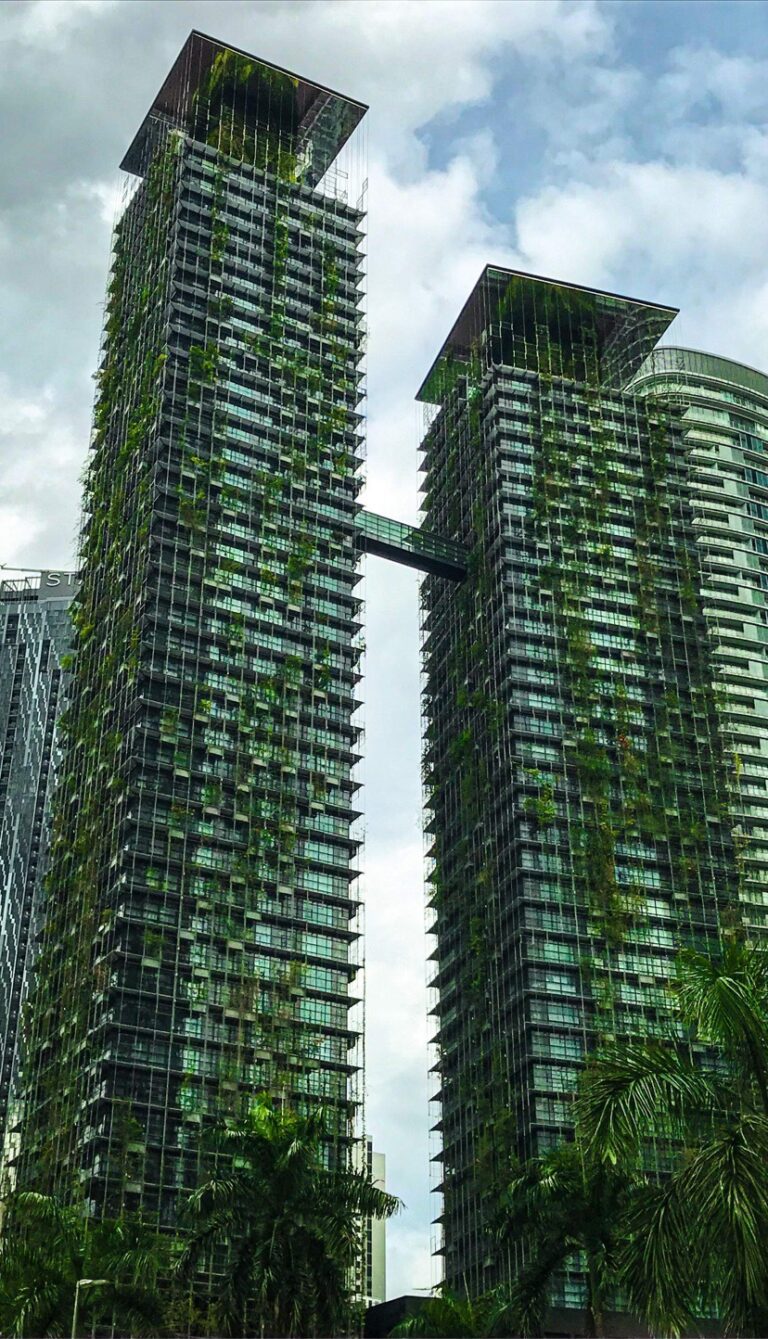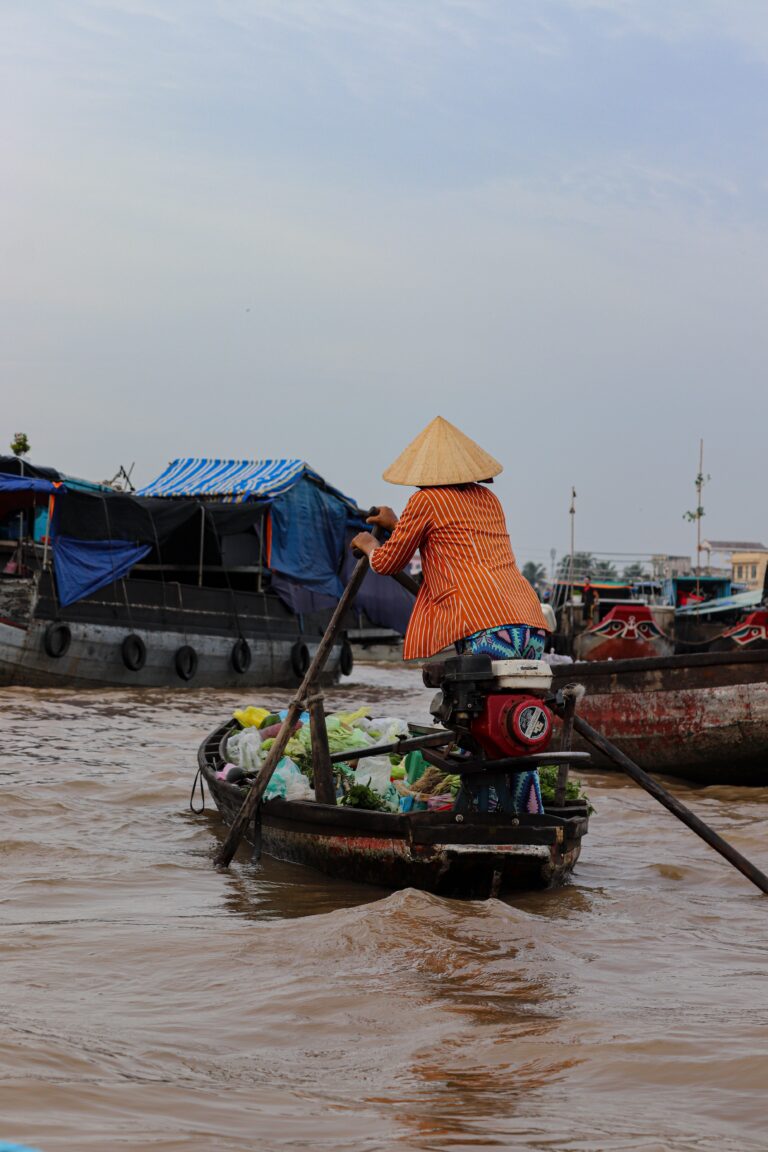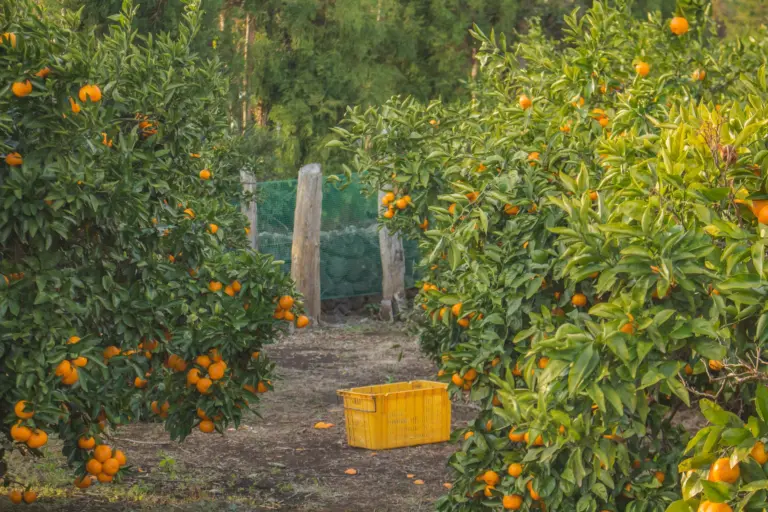Why not embark on a spiritual journey through the temples of the Singapore after checking out the Supertree Groves? A confluence of ancient traditions and modern influences create a truly unique spiritual landscape. Due to it being the “Melting Pot of Asia”, the country is painted with different colors from various religions. From Buddhist to Hindu all the way to Taoist temples, let’s take a look at some of the must-visit temples in Singapore!
Table of Contents
ToggleBuddhist Temples
1. Kong Meng San Phor Kark See Monastery
In Bishan, lies the largest Buddhist temple in the country, the Kong Meng San Phor Kark See Monastery. This sprawling complex was founded in 1920 and is home to an impressive collection of Buddha statues, including a 13.8 meter-tall (45 feet) bronze Bodhisattva Ksitigarbha statue, the tallest of its kind in Southeast Asia. Within the monastery grounds, visitors can find stupas, prayer halls, a crematorium and columbarium with over 200,000 niches, as well as bell and drum towers and a Pagoda of 10,000 Buddhas!
Another notable feature of the monastery is a Bodhi Tree that stands in the center of the complex. This tree is particularly special as its sapling was brought from the sacred Bodhi tree at Anuradhapura, Sri Lanka, which was itself brought as a sapling from the sacred Bodhi Tree of Bodh Gaya, India where Shakyamuni Buddha was said to have attained enlightenment!
2. Leong San See Temple
Right around Little India, Leong San See Temple, also known as Dragon Mountain Temple, is a Buddhist temple located in the central region of Singapore. This temple has a rich history dating back to the 19th century, and is believed to have been established by a group of Cantonese immigrants.
The temple is dedicated to Guan Yin, the Goddess of Mercy, but it also features sculptures of various deities and mythical creatures. The main attraction of the temple is the giant statue of Guan Yin, which stands at the center of the main prayer hall. The statue is made of white jade and stands at a height of 4.5 meters (15 feet).
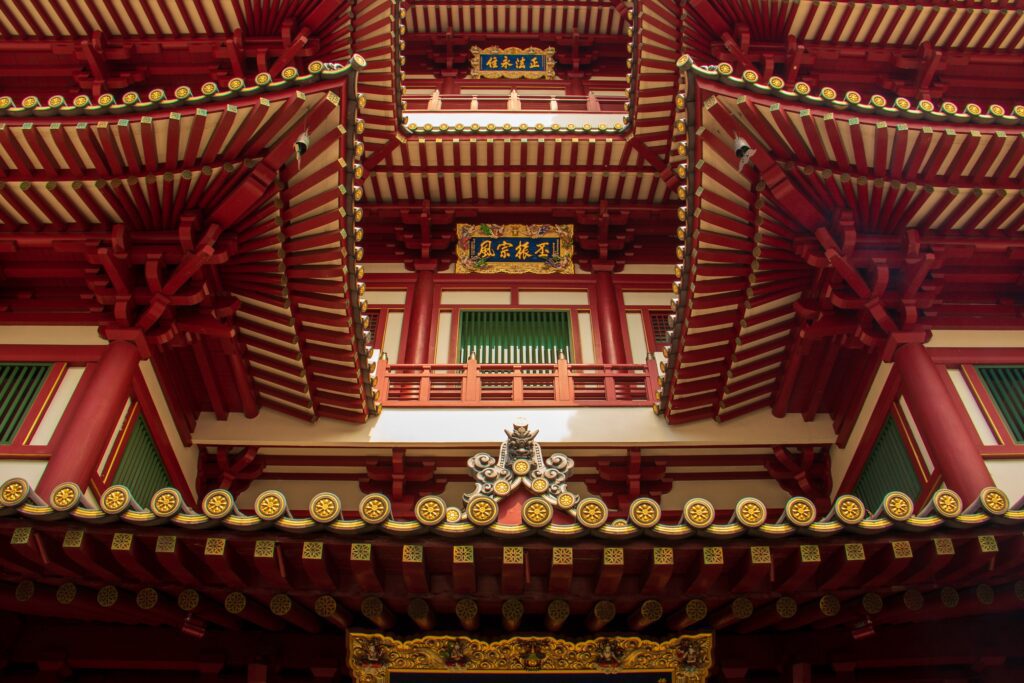
3. Buddha Tooth Relic Temple
Located in Chinatown, the Buddha Tooth Relic Temple is one of the most prominent temples in Singapore. Built in 2007, this five-story temple houses an impressive collection of Buddhist art, artifacts, and scriptures. But what sets this temple apart from others is the Sacred Light Hall, where a giant stupa containing what is believed to be the left canine tooth of the Buddha is enshrined. You can view the relic through a glass panel and pay respects in the quiet and serene atmosphere of the hall. In that same hall, there are pillows at the sides for meditation purposes and what better way to experience the tranquility of the temple and the energy of the Buddha by tuning in with yourself.
But that’s not all – the temple also boasts a museum that showcases the history of Buddhism, as well as its impact on the region.
One of the highlights of the temple is the rooftop garden, which offers a peaceful oasis amidst the busy city, plus you can see an amazing panoramic view of Singapore’s Chinatown! The garden features a prayer wheel and a pagoda, and provides stunning views of Singapore city. It’s also good to note that this is one of the most modern temples in the city with full air-conditioning and even free wi-fi! It’s the perfect place to rest and recuperate your mind, body, and spirit especially during the hotter days of the year.
4. Sakya Muni Buddha Gaya Temple
Sakya Muni Buddha Gaya Temple, also known as the “Temple 1,000 Lights,” is found just right across Leong San See Temple. A temple that was built by the Venerable Vutthisara of Thailand and features Thai-style architecture. With its ornate roof and immaculate design, it’s a perfect temple for those looking to get in touch with Theravada Buddhism in Singapore. The temple houses a 15-meter high statue of the Buddha, which is located inside the main hall. The statue is made of solid white jade and is the largest of its kind outside of Myanmar. The temple got its moniker because of its pagoda, which is adorned with 10,000 miniature Buddha statues and 1,000 electric bulbs.
5. Lian Shan Shuang Lin Monastery
If you want to visit a temple steeped with lore, head to Lian Shan Shuang Lin Monastery located in Toa Payoh. According to legend, Low Kim Pong, a businessman and philanthropist, had a dream at the age of sixty where he saw a golden light rising from the west over the sea, which he interpreted as an omen. The following day, he went to the coast and met a Hokkien family who had taken Buddhist vows and were on their way home to Fujian after a pilgrimage to Sri Lanka. Moved by their devotion, Low persuaded them to stay in Singapore and promised to build a temple for their use. The head of that family, Hsien Hui, became the first abbot of the Lian Shan Shuang Lin (Siong Lim Temple in Hokkien). The temple’s name “Shuang Lin” means “Twin Grove of the Lotus Mountain,” referring to the two groves of fragrant trees surrounding the temple.
6. Wat Ananda Metyarama Thai Buddhist Temple
Another temple located in Little India, the Wat Ananda Metyarama Thai Buddhist Temple is the oldest Thai Buddhist temple in the country, with a history dating back to 1900s. The temple’s striking exterior is filled with colorful murals, while the interior houses a grand Buddha statue, surrounded by smaller statues of other Buddhist figures. In addition to its religious significance, the Wat Ananda Metyarama Thai Buddhist Temple also serves as a cultural hub for the local Thai community, hosting traditional Thai festivals and events throughout the year.
7. Kwan Im Thong Hood Cho Temple
Kwan Im Thong Hood Cho Temple is one of the oldest and most popular Buddhist temples in Singapore. It is located in the city center and is also dedicated to the Goddess of Mercy, Kwan Im (Guanyin). The temple was first built in 1884 and has undergone several renovations since then. The architecture of the temple is a blend of traditional Chinese and Southeast Asian styles.
Here you can also see just what makes the multi-religious society of Singapore so amazing. The Kwam Im Thong Hood Cho Temple and the nearby Hindu temple, Sri Krishnan Temple have evolved to form a social practice coined as “cross-worshipping,” where devotees from either temple visit and pay their respects at the other.
Hindu Temples

8. Sri Mariamman Temple
Another temple residing in Chinatown, Sri Mariamman Temple is Singapore’s oldest Hindu temple, with a history that dates back to 1827. The temple is dedicated to the goddess Mariamman, who is believed to have the power to bring upon rain and cure diseases.
One of the most striking features of the temple is its ornate “gopuram”, a towering entrance gate that is intricately decorated with colorful sculptures of Hindu deities. You will most likely see this in many Hindu temples. The gopuram is a masterpiece of Dravidian architecture, a style that originated in South India and is characterized by its detailed carvings and bold colors. Inside the temple, you can also marvel at the colorful ceiling which depicts scenes from classic Hindu stories.
9. Sri Krishnan Temple
Sri Krishnan Temple is a Hindu temple located in Waterloo Street, known for its brilliant architecture and carvings. It is dedicated to Lord Krishna and his consort Rukmini and was established in 1870 as one of the oldest and only South Indian temple in Singapore. Take the time to look at the various Hindu deities that adorn the temple’s gate. You might recognize the winged guardian Garuda and Rama’s faithful companion Hanuman. You can also find the ten incarnations of Vishnu in a row, Krishna (and Rama) being the most famous and important ones. Make sure you drop in the nearby Kwam Im Thong Hood Cho Temple as well!
10. Sri Veeramakaliamman Temple
Located in the middle of Little India, Sri Veeramakaliamman Temple is a Hindu temple dedicated to the Goddess of Time, Kali. She is known for her fierce and protective nature. The temple was founded in 1881 by a group of Bengali laborers and is one of the oldest Hindu temples in the city-state.
I’d just like to say not to get put off by Kali’s imagery as it can be a bit alarming to see such a fierce looking goddess with her garland of skulls, decapitated head and all that blood…or am I already doing that to you myself? Of course, in Hinduism there is always a lot of symbolism involved. The garland of skulls that Kali wears around her neck represents the 50 letters of the Sanskrit alphabet, symbolizing her complete knowledge of the language. The decapitated head she holds in one of her hands represents the ego, which she has severed from the body. This is meant to symbolize the idea that one must let go of their ego to attain enlightenment.
As for the blood, it represents the life force or prana, which is associated with spiritual energy. Kali is often depicted drinking blood to represent her consumption of the life force. This is also meant to represent the idea of the cycle of life and death, and that the ultimate transcendence of this cycle is through enlightenment. It is important to understand that Kali represents the fierce and protective side of the Divine Feminine in Hinduism, and her image serves as a reminder of her strength and fearlessness in defending her devotees.
11. Sri Senpaga Vinayagar Temple
Sri Senpaga Vinayagar Temple is a Hindu temple located in Ceylon Road. The temple is dedicated to Lord Ganesha, also known as Vinayagar in Tamil. He is easily recognizable as the elephant-headed god. During the 1850s, a Lord Vinayagar statue was found next to a pond alongside a Chempaka tree, which is called Senpaga in Tamil. As a result, the temple was named “Sri Senpaga Vinayagar Temple.” The statue of Lord Vinayagar is located in the main sanctum of the temple and is believed to possess great spiritual power.
Taoist Temples
12. Yueh Hai Ching Temple
The Yueh Hai Ching Temple, also known as the Wak Hai Cheng Bio, is a Taoist temple located in Singapore’s central business district. Dwarfed by the towering skyscrapers, the temple holds a significant place in the country’s history. Its name translates to “Temple of the Calm Sea,” and it was built in 1820 as a simple wood and attap structure. The shrine was built to allow sailors sailing between Singapore and China during the 19th century to offer their prayers and gratitude for their safe journey, which is reflected in the temple’s name. Philip Street, where the temple was located, was once near the sea, making it easily accessible to sailors who could head to the temple right after docking. However, with land reclamation, the temple is now distanced from the shore. The temple has two prayer halls, with one dedicated to the worship of Mazu and the other to Xuan Tian Shang Di, the patron deity of the Teochews. Both halls look identical, earning the temple the nickname “Twin Temples” among Cantonese devotees.

13. Tian Hock Keng Temple
Tian Hock Keng Temple is the oldest of the Hokkien temples in Singapore and is regarded as one of the most important for the Hokkien people in the country. It is also dedicated to the worship of Mazu, the Goddess of the Sea. There is also another shrine dedicated to Guanyin from the Mahayana Buddhist tradition which is a prime example of religious syncretism or how different religious system blend with each other. It was constructed in 1821 by the first Chinese immigrants who arrived in Singapore. The temple was initially a simple structure made of wood and thatched roof but over time it underwent several renovations and is now a national monument of Singapore, being listed on the UNESCO Asia-Pacific Heritage Awards for Culture Heritage Conservation in 2001. The temple is renowned for showcasing the traditional Hokkien style of architecture and you can also find it in Chinatown.
14. Loyang Tua Pek Kong Temple
Loyang Tua Pek Kong Temple is another testament to Singapore’s multiculturalism. It houses statues of Buddhist, Hindu, and Taoist deities. One of the temple’s claims to fame is its two-metre-tall statue of the Hindu god Ganesha, reputed to be the tallest in any temple in Singapore. It’s further out at Loyang Way but it’s really worth it to see an amazing sight of various religions co-existing in one space.
But the temple’s origins are humble, with a group of fishing buddies discovering the scattered statues on the beach in the 1980s. They built a small hut to house them, which served as a makeshift temple. Over time, the temple grew in popularity, with many visitors, particularly those working in the Loyang industrial area, praying for prosperity and wealth. Unfortunately, a fire in 1996 destroyed the hut, but miraculously, the statue of Tua Pek Kong, a Taosist god of prosperity, survived. Through public donations, a new temple complex was built on the same site, named after the surviving statue. Loyang Tua Pek Kong Temple is one of the many examples of Singapore’s rich cultural diversity, where people of different faiths come together to pray and worship.
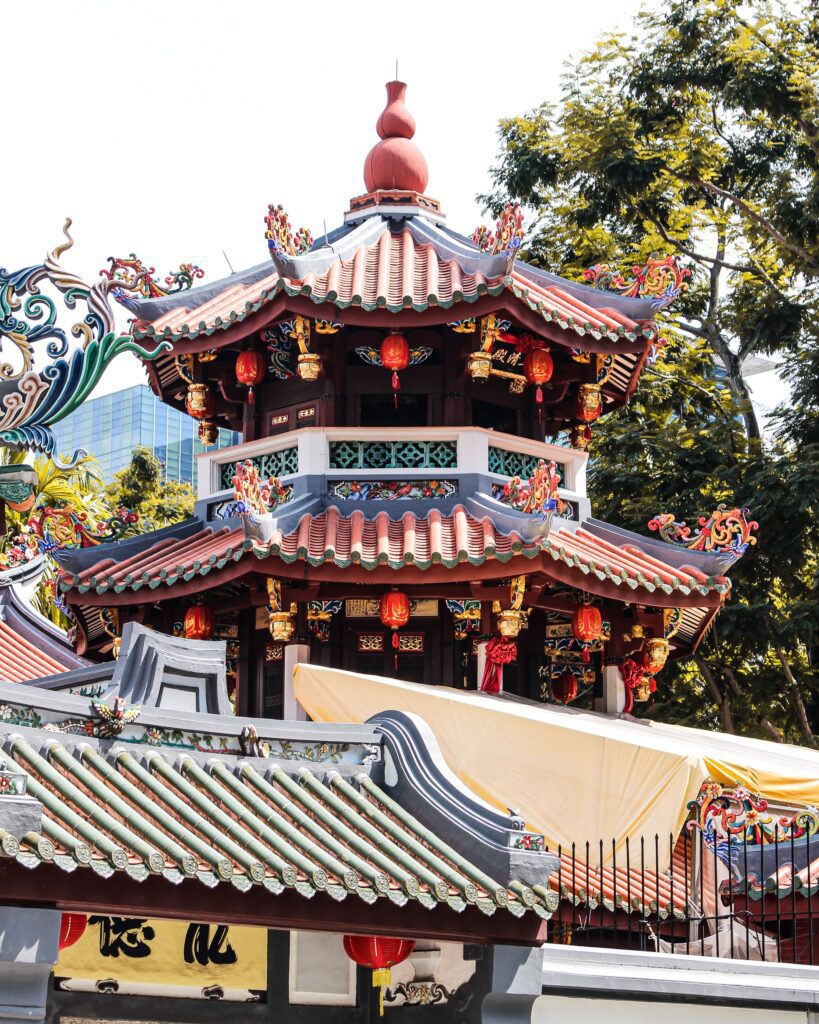
15. Yu Huang Gong Temple
Yu Huang Gong Temple, also known as the Temple of the Heavenly Jade Emperor, is a Taoist temple located in the Chinatown. The temple is dedicated to the worship of Yu Huang Shangdi, or the Heavenly Jade Emperor, who is believed to be the ruler of the universe in Chinese mythology.
The temple was established in 1924 by Teochew immigrants who had settled in the area. Over the years, the temple has undergone several renovations and expansions. One of the most significant renovations took place in 1973, when a new prayer hall was added to the temple. The prayer hall features intricate carvings, vibrant murals, and ornate altars, all of which showcase the rich cultural heritage of Taoism.
Plan Your Trip to Singapore | Best Travel Resources
Book Your Accommodations
- Booking.com – the world’s leading online booking platform for accomodations around the world, they have an extensive amount of available listings with zero booking fees and best price guarantees.
- Hostelworld – a backpacker’s best friend, Hostelworld has the largest collection of hostels and guesthouses for affordable prices.
Don’t Forget Insurance
- SafetyWing – from Nomad Insurance, an insurance by nomads for nomads. They understand our lifestyle well and have really comprehensive and flexible plans that cater to any traveler.
Find Cheap Flights
- Kiwi.com – my go-to for booking and finding the cheapest flights and it’s helped me save tons of money. They do virtual interlining which is connecting flights from airlines that do not codeshare, so you can find routes that you wouldn’t be able to find normally.
Join Tours & Activities
- GetYourGuide – is one of the best places to find unique tours and activities. I found that it’s an excellent way to meet fellow travelers and create fond memories. They are not only limited to tours as they also offer niche services such as skip-the-line tickets or private transfers.
Catch a Ride
- Rentalcars.com – nothing beats the freedom of the road, Rentalcars.com is the world’s largest online car rental service. They operate across 160 countries so they’re the perfect partner to work with if you find yourself wanting a ride.


